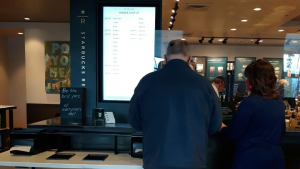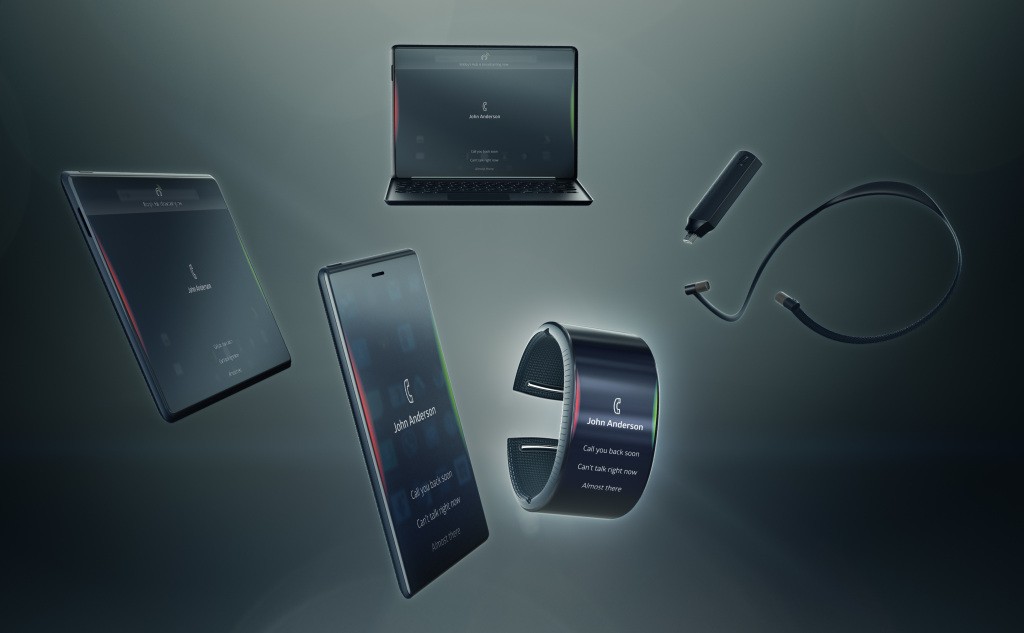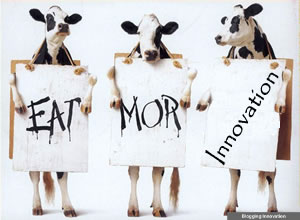
Starbucks is definitely regarded as an innovator in the mobile commerce and loyalty space.
Starbucks was one of the first retailers (2008) to successfully introduce a card-based loyalty program with broad adoption – the Starbucks card – which not only had loyalty benefits for customers but also could be used as a means of payment.
Building from this, Starbucks created a mobile app early in the smartphone era that mirrored many of the capabilities of the Starbucks card, allowing people to not only pay with their mobile phone (backed by a credit card), but to check their points and payment balances.
Starbucks then launched mobile order & pay in Portland near the end of 2014 before beginning to release it more broadly in 2015.
All of Starbucks’ loyalty and mobile technology inventions positioned the company quite well to survive the COVID-19 shutdowns around the world.

Personally I try to keep as many apps OFF my phone as possible. So, it wasn’t until the coronavirus restrictions that I finally caved in and downloaded the Starbucks app. The reason?
Given the pandemic, the last thing I wanted to do was stand around in an enclosed space with suspect ventilation waiting for my Starbucks beverage any longer than I had do. So, I downloaded the app and began ordering my drink from the car and waiting 4-5 minutes (or longer if they looked busy) before going inside to get my drink.
What I found annoying though was that the app gave an estimate that often was in the 15-23 minute range, despite the fact that it rarely took more than five minutes, and there was no notification when my drink was ready.
I started designing a better approach in my mind, and was about to suggest it to Starbucks when I happened upon what is likely a pilot in one of my local Starbucks. It looks like this:

At this particular pilot Starbucks they have this flat screen that shows the people who have mobile orders placed (in alphabetical order) and then the Starbucks employee at the end of the line has a tablet they manage.
When an order is complete, the Starbucks employee updates the order status to ‘READY’ on the tablet, the image on the board changes to show a READY indicator, and a text message is sent to the person’s phone.
When the customer picks up their order, then the Starbucks employee marks it ‘PICKED UP’ on the tablet so that the person’s name is removed from the board.
This is very close to the idea that I was going to propose, but with one big exception.
My idea was to suggest printing out an enhanced bar code that could be scanned at the end of the line by the barista to trigger the text message – instead of using a tablet and a screen. This could have been a much simpler and cheaper approach both in terms of technology and labor.
Either way, there is no doubt that Starbucks continues to experiment and push for improvements in the last minute of the mobile ordering journey to create a great experience. This enables them to keep their employees and customers healthy and safe, and keep Starbucks ahead of their competition.
Keep innovating!
Image (2) credit: Digitaltrends.com

![]() Sign up here to get Human-Centered Change & Innovation Weekly delivered to your inbox every week.
Sign up here to get Human-Centered Change & Innovation Weekly delivered to your inbox every week.


 The outcome of a back and forth of a dialog on Twitter with Scramray E. Pinkus generated a lovely quote worth sharing:
The outcome of a back and forth of a dialog on Twitter with Scramray E. Pinkus generated a lovely quote worth sharing: